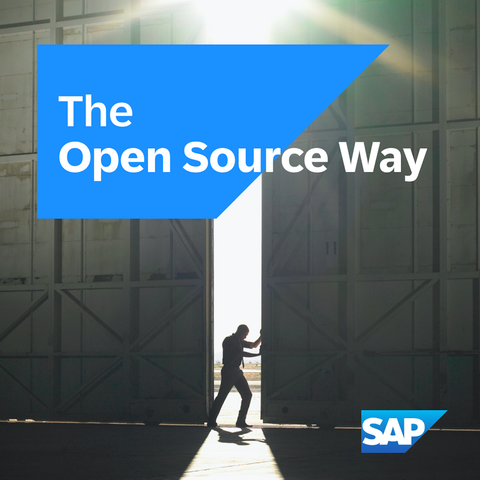#qemu
#ProxmoxVE 9.0 Beta 1 has been released (#Proxmox / #VirtualEnvironment / #Virtualization / #VirtualMachine / #VM / #Linux / #Debian / #Bookworm / #DebianBookworm / #QEMU / #LXC / #KVM / #ZFS / #OpenZFS / #Ceph) https://proxmox.com/

well this is an interesting #qemu patch which in some ways implements to the pre-TCG days of stringing gadgets together: https://patchew.org/QEMU/20250722174228.16205-1-j@getutm.app/
It's a workaround for the lack of #JIT support on #ios which is why #utm's emulation is really slow. It's the only production use of the TCG interpreter I'm aware of - we have backends for 9 different architectures so most people have to go out of their way to use the interpreter.
ARM64 kernel now supports echoing user input. 372 bytes!
Code: https://gist.github.com/rrampage/c666e4bbd3a94d53847808bdd28d140c
It was fun getting backspace working on a UART!

PODCAST ALERT: Linaro's #virtualization expert Alex Bennée recently featured on the #OpenSource Way podcast where he talked about the emulator project #QEMU and how it helps the open source #software ecosystem. Check out the podcast here
https://ow.ly/zV7h50Wtc2Z
I just released a new application called Kyvos, which is a #Qemu frontend for Linux, macOS and Windows, helping people to set up and run #AmigaOS4 and #MorphOS with just a few clicks. Find more information at https://ko-fi.com/post/Kyvos-is-publicly-released-O5O41IEMRO
My first #podcast appearance has finally gone live. SAP's "The Open Source Way" is a regular podcast looking at various #floss projects. This week Karsten talks to Helge and myself about #qemu, its capabilities, development model and project governance.
Find it wherever you listen to podcasts or just follow the link: https://podcast.opensap.info/open-source-way/2025/07/17/qemu/

One Linux phone to rule them all
Booting iOS 14 on #postmarketOS using #QEMU
Looks like the binary also runs when passed as a kernel to qemu 
`qemu-system-aarch64 -machine virt -cpu max -nographic -kernel asmkernel.elf`
Built a tiny ARM64 ELF kernel which boots in a UEFI shell on QEMU. The kernel prints "Hello World\n" on UART. It compiles to a 193 byte binary.
Built this as an Impossible Stuff day project for my Recurse center batch. Still learning a lot about bootloaders, ARM64 device trees, QEMU. Would love links to useful resources and tips for debugging
Code: https://gist.github.com/rrampage/c666e4bbd3a94d53847808bdd28d140c
What is your preferred style of video for my main YouTube channel?
Documentation: I roll my own documentation sets from different sources for #Dash and #Zeal and then I record the videos for educational purposes in science and technology.
Content: I execute commands on my host system for demonstrations and learning experiences.
Context: I may perform partial attempts for various topics, particularly the most complex topical setups. Unfortunately, I have lost my #AArch64 #QEMU #Debian VM.
On repart de 0 ? #virtualisation avec #NetBSD et #NVMM, épqide 7, tout de suite sur https://twitch.tv/ahp_nils ! #sysadmin #devops #twitchfr #twitchstreamer #TwitchStreamers #BSD #qemu

It’s a solid intro to low-level development. If that’s your thing, you don’t want to miss this talk.
Secure your spot here https://eurorust.eu/talks/a-minimal-rust-kernel/?utm_source=mastodon&utm_medium=social&utm_campaign=25-07-10-speaker-philipp-schuster
#RustLang #OSDev #QEMU #KernelDev
2/3

If you don't own the hardware, you emulate it.
The ESP32 QEMU port appears to work, though it's slow.
@zygoon @hrw I think we have build targets in the #qemu source tree but I'm not sure how they are invoked, also see: https://gitlab.com/kraxel/edk2-build-config


